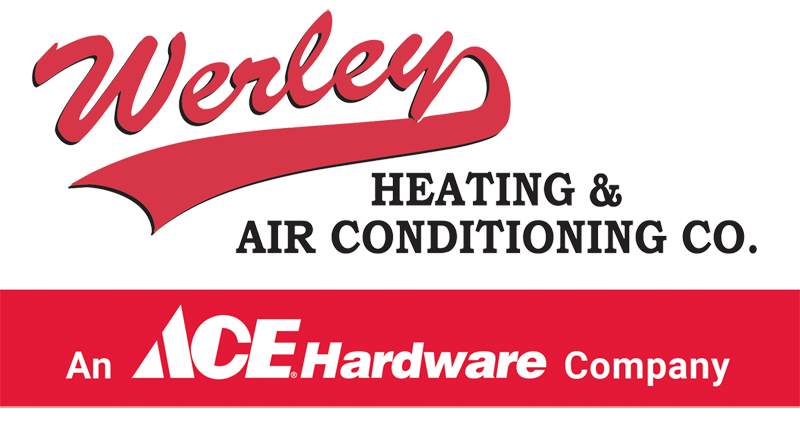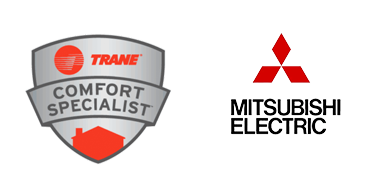What Does HVAC Mean?
HVAC stands for heating, ventilation, and air conditioning. The system is designed to keep the temperature of your home or office within a certain degree or range. It uses elements like furnaces, vents, fans, condensers, evaporators, and compressors to maintain control over humidity levels in addition to temperatures.
What Do HVAC Contractors Do
HVAC contractors are responsible for installing heating, ventilation, and air conditioning systems to keep homes warm in the winter and cool during the summer. They do this by using elements such as furnaces, vents, fans, condensers, evaporators, and compressors. They properly maintain and clean these systems to ensure they work at optimal levels.
Finding Trusted HVAC Companies
It is difficult to choose a trustworthy HVAC company that can provide high-quality services, so it's important to know what you should be looking for before making your selection. Here are some tips on how to find a reputable contractor:
- Ask friends, family members, and neighbors for suggestions. They may know of contractors who have done great work in the past. This is not necessarily the only source you should use to choose your HVAC service provider, but it's a good start.
- Search online for customer reviews and do some research on each company you are interested in. Find out what they have to offer, how much it costs, and what previous customers thought of their services.
- Ask the contractor for references or recommendations before you make your decision. You should only work with someone who can provide documentation that proves his business is a success.
- Check reviews of the contractor on local, state, and federal consumer websites to make sure their customers have been satisfied with the work performed.
- Ask the contractor what kind of warranty they offer for their services and choose someone who comes through on their promises if something goes wrong down the line.
What Is The Purpose of HVAC
HVAC is a system designed to keep the temperature of your home or office within a certain degree or range. It uses elements such as furnaces, vents, fans, condensers, evaporators, and compressors to maintain control over humidity levels in addition to temperatures.
How Does HVAC Work
An HVAC system works by using elements such as furnaces, vents, fans, condensers, evaporators, and compressors to maintain control over humidity levels in addition to temperatures. Every room has a thermostat used to set the desired temperature for comfort. The heating and cooling elements of the HVAC system work together to keep you as comfortable as possible.
The following is a list of what individual components do:
- Furnace – provides heat and hot water for your home and building ·
- Cold Air Intake – filters outdoor air before it enters the furnace ·
- Ventilation Ducts – carry hot air away from the furnace to vents in rooms throughout your home ·
- Heat Exchanger – cools and heats the air as it passes through the system ·
- Blower Motor – powers a fan that pushes air through the ventilation ducts ·
- Condenser Coil - condenses the refrigerant vapor into a liquid as it releases heat outdoors ·
- Evaporator Coil – absorbs heat from inside your home and releases it outside ·
- Fan Motor – turns a fan that pulls cool air in from the outside or hot air from indoors and pushes it through vents to rooms throughout your house/building
The steps below provide a general overview of how an HVAC system works:
- The cold air intake sucks in air from the outside and brings it to the furnace.
- The blower motor pushes air through ventilation ducts throughout your home or office building.
- As the hot air passes through the system, it is cooled by the cold air intake in the furnace.
- The air is then heated in the heat exchanger and sent back to your home or business through ventilation ducts that are strategically placed throughout every room.
- To release heat, the refrigerant switches between a liquid and gas state before it moves to the evaporator coil.
- The refrigerant releases heat outside and returns to the compressor in liquid form.
- The compression process begins again when the gas is pressurized so it can be used for cooling in the condenser coil.



